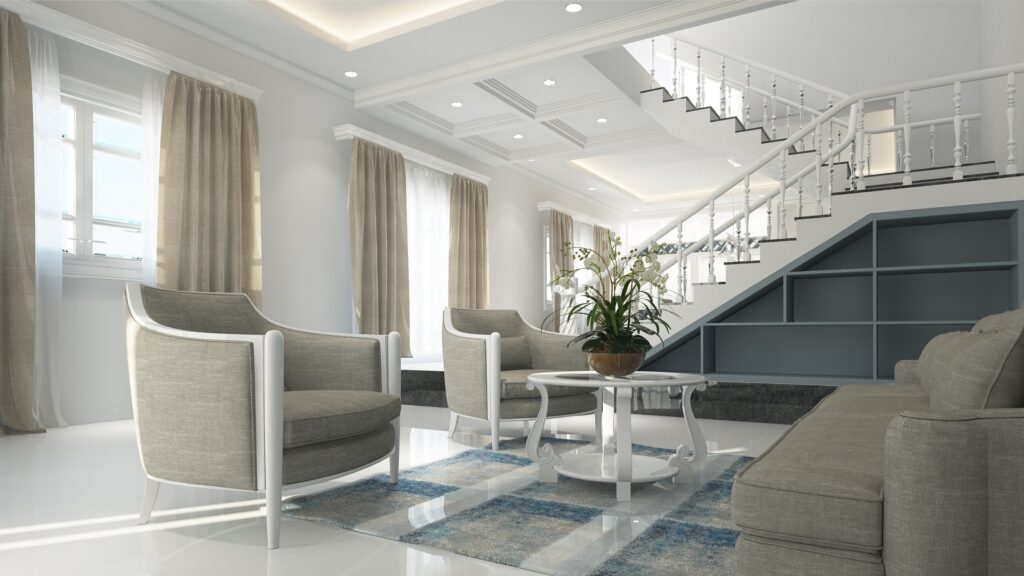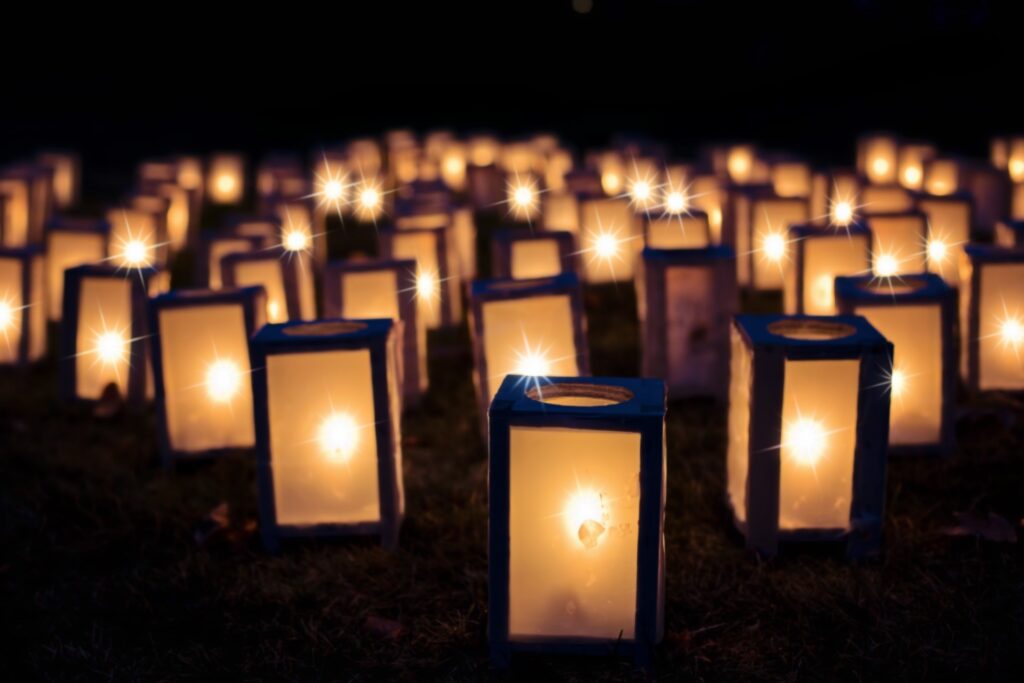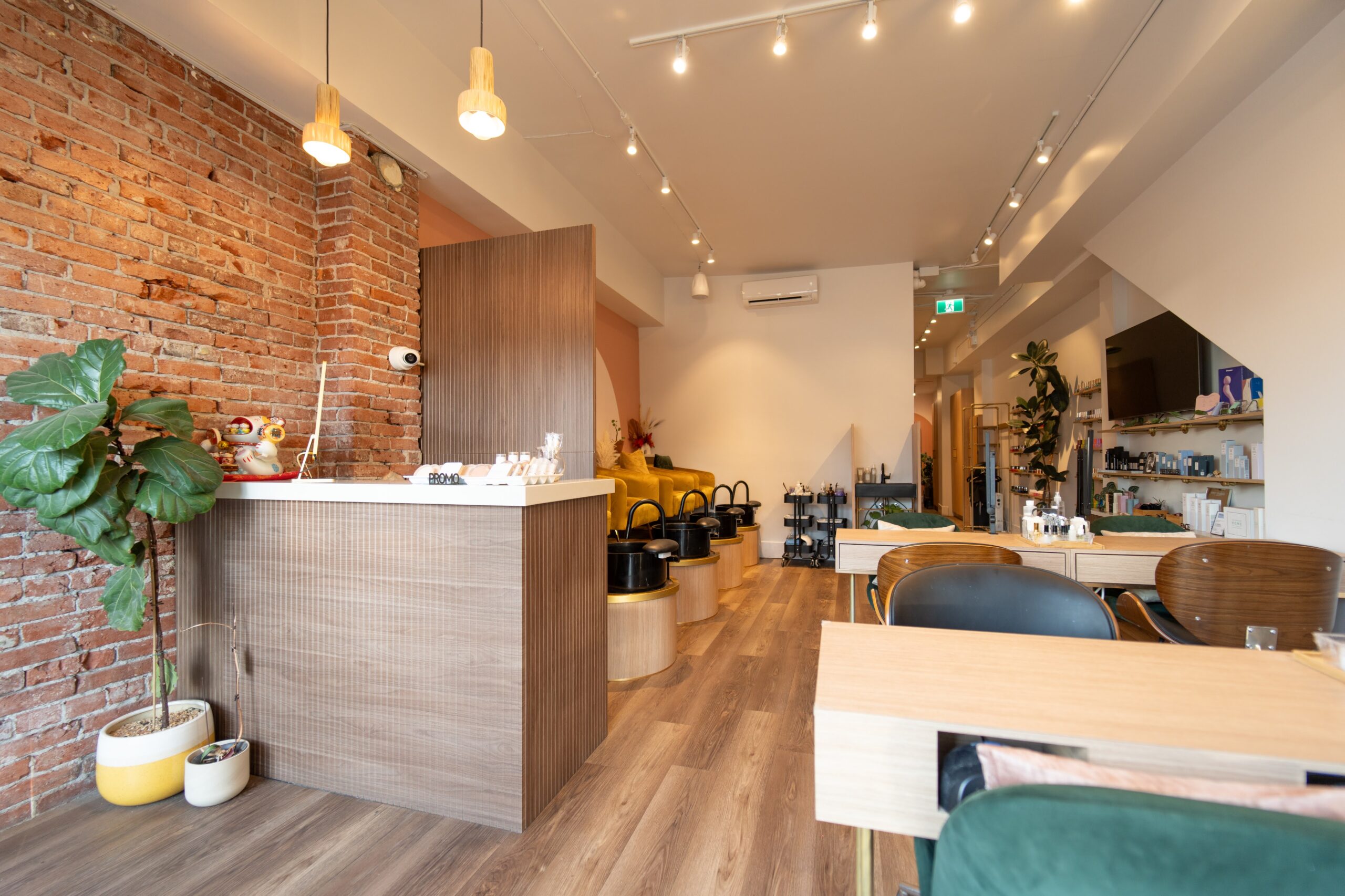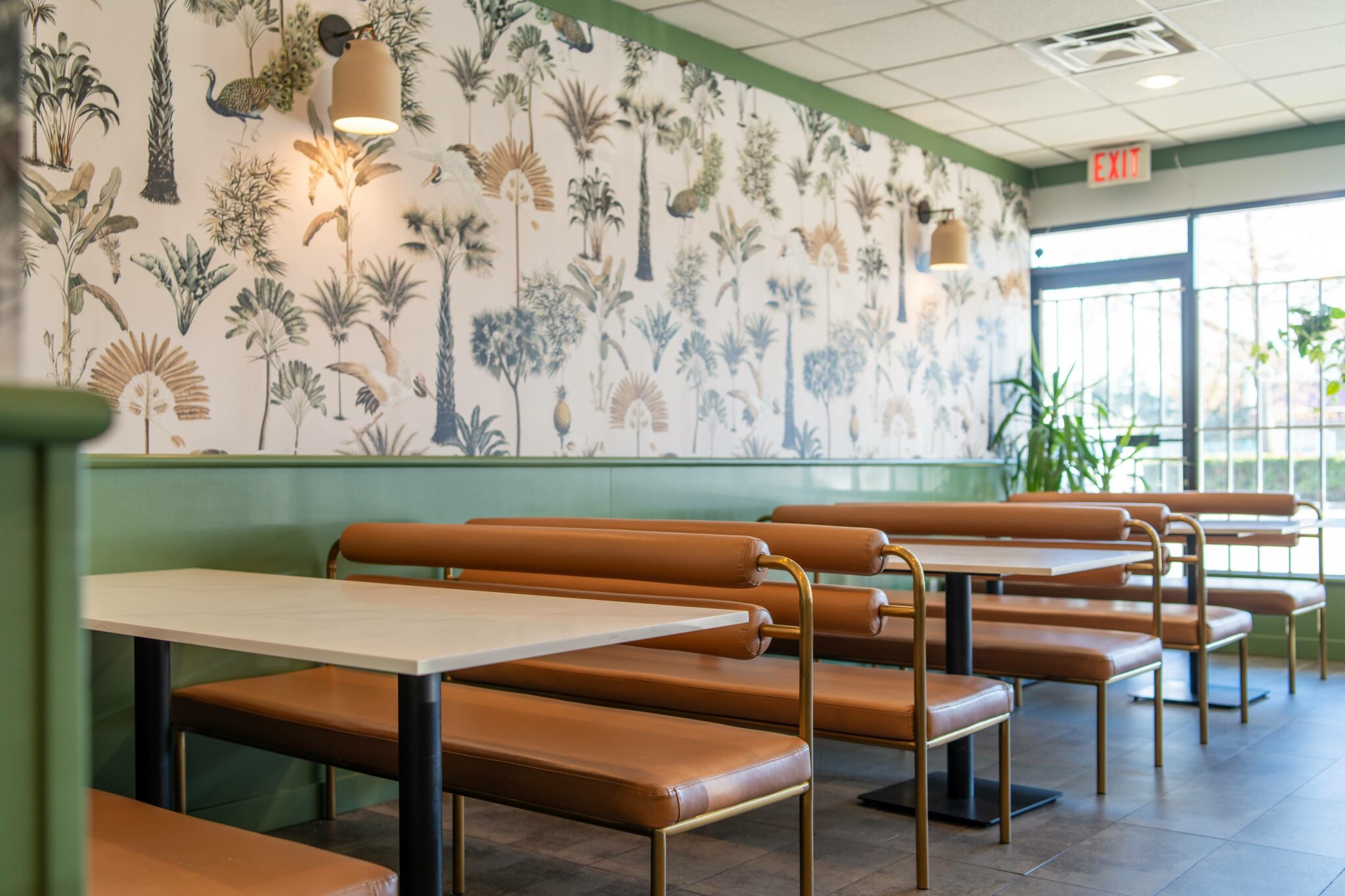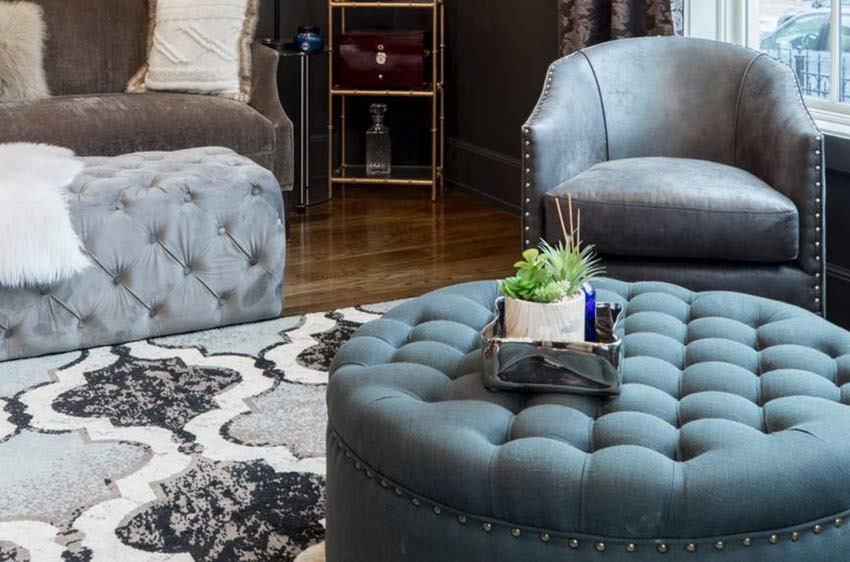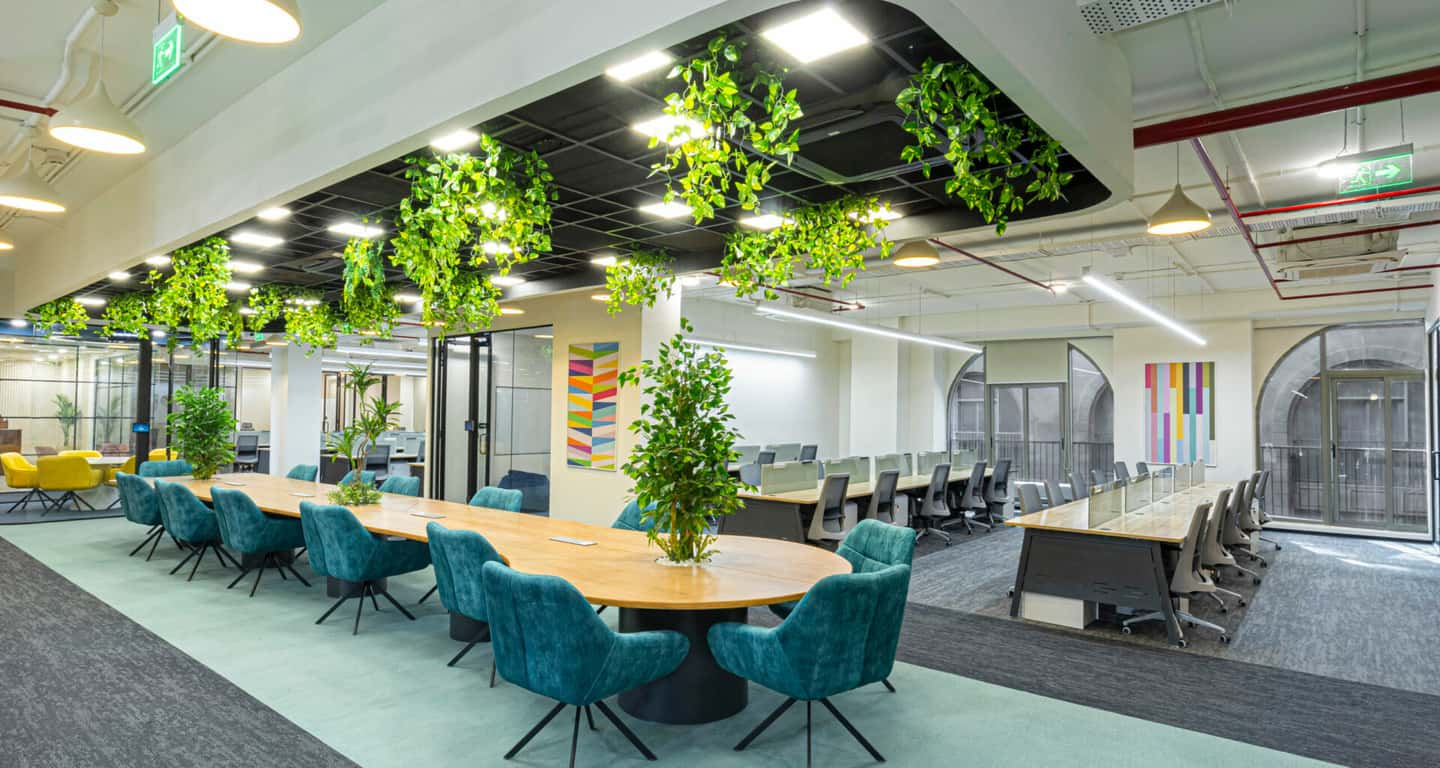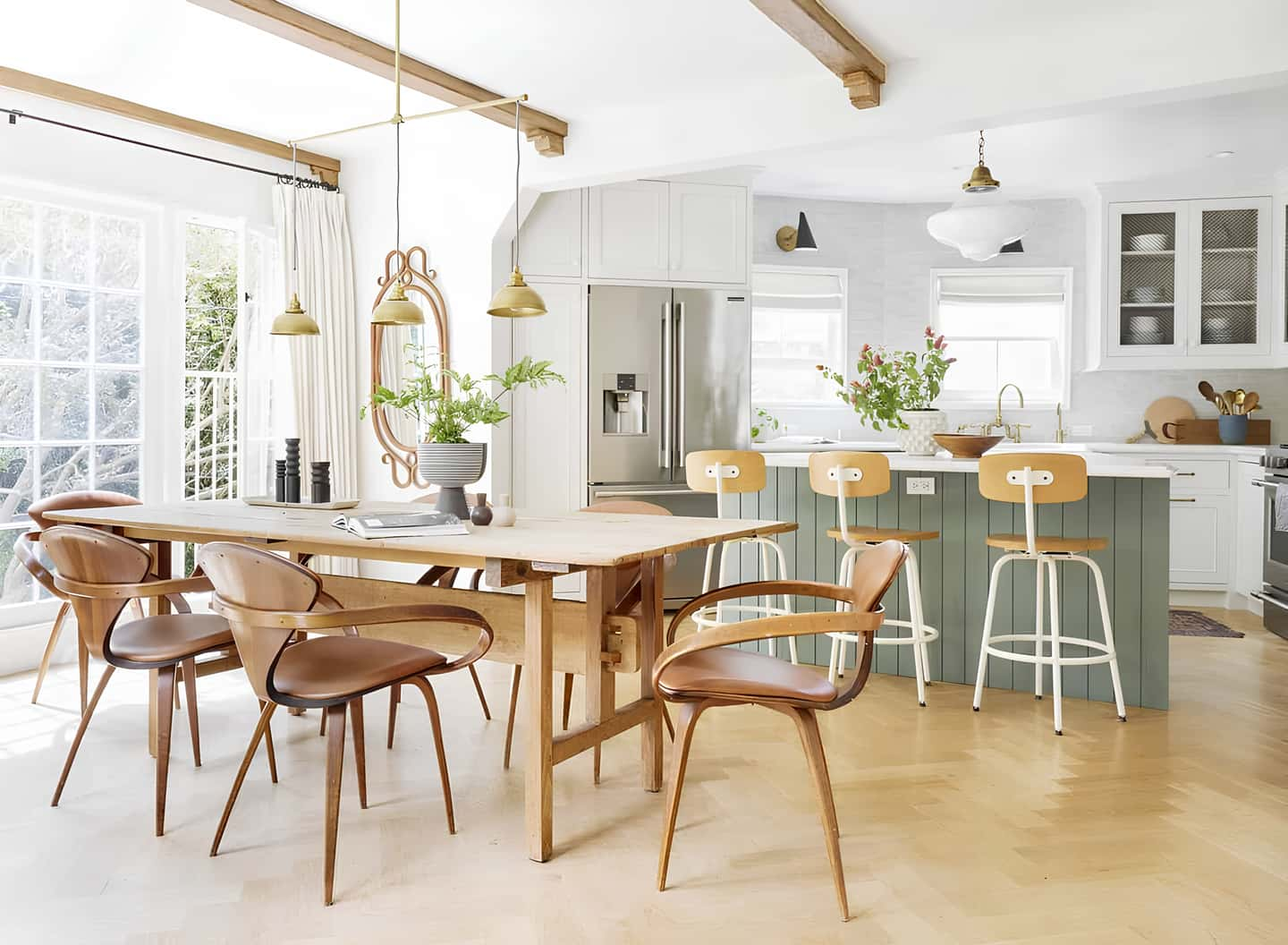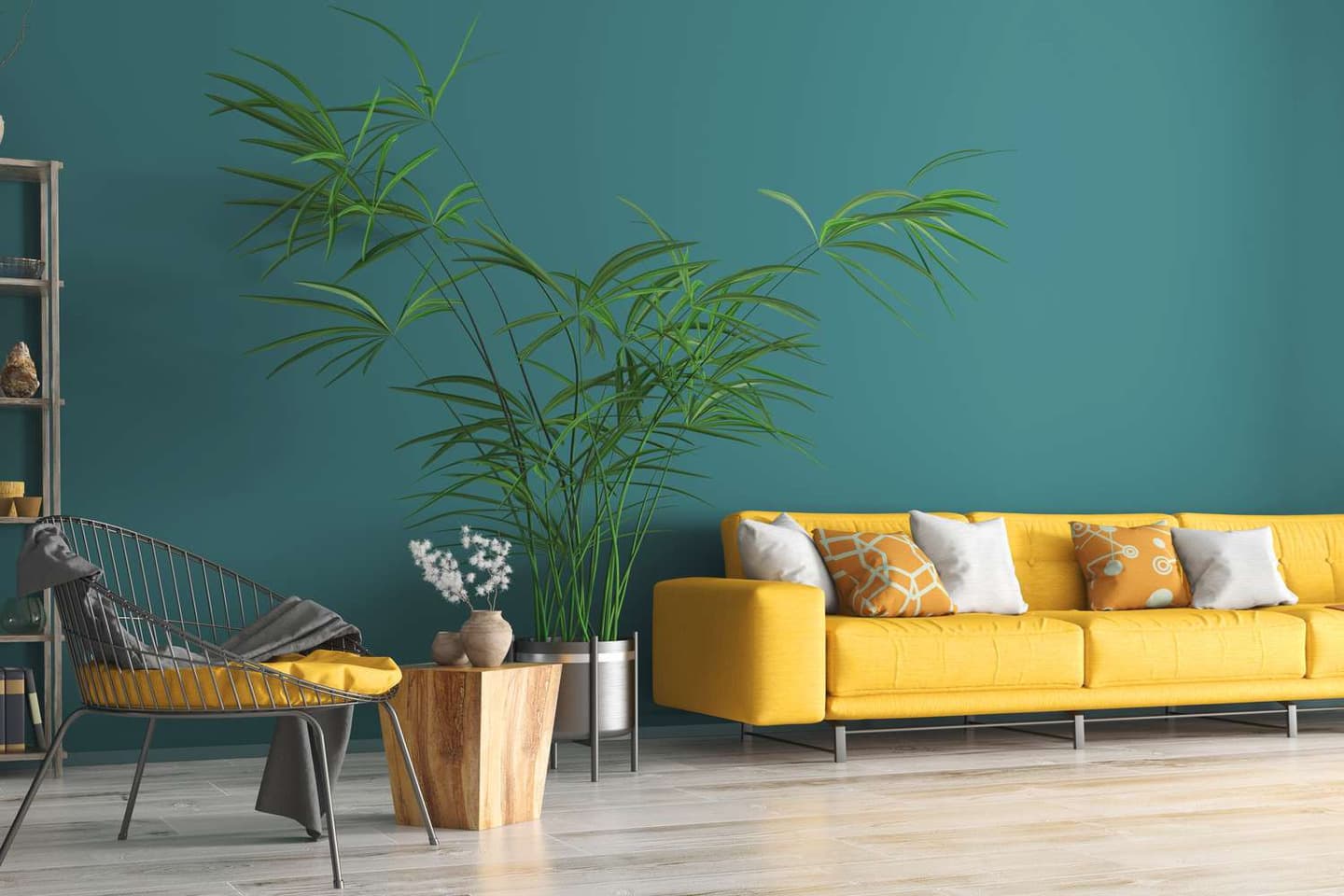As an interior designer focused, I think lighting is one of the most important parts of making a place look good and work well. The right lighting design and equipment can completely change the feel of a room by setting the mood, drawing attention to important features, and making the space feel warmer and cozier. In this piece, I’ll talk about what I’ve learned about how to use lighting and fixtures well in interior design.
Before you do anything else, you should know how important lighting is in interior planning. Lighting is used for both practical and aesthetic reasons. Having the right lighting is important for doing things like reading, cooking, and working. But lighting also makes a big difference in how a room looks and feels.
Choosing the right lighting and features can change how big a room seems, draw attention to certain areas, and set the mood. Soft, warm lighting makes a room feel warm and welcoming, while bright, cool lighting wakes you up and can make a room look bigger. Accent lighting can draw attention to artwork, building features, and other important things.
As a designer, I always think about lights from the start of a job. The lighting plan is just as important as the choice of materials and layout. When I design a place, I think about how people will use it at different times of the day, what mood I want to create.
When it comes to indoor design, there are three main types of lighting:
Lighting around you: This is the general lighting that makes the whole room bright. It usually comes from chandeliers, lights, recessed lighting, or track lighting that are mounted above the room. Ambient lighting sets the mood and gives a base level of light.
Task lighting: its used for special tasks, like reading, cooking, or putting on makeup, as the name suggests. It shines targeted, bright light on a certain area. Under-cabinet lighting in kitchens, work lamps, and vanity lights in bathrooms are all examples.
Accent lighting: is used to draw attention to certain things or places, like sculptures, artwork, architectural details, or landscaping . It makes a room look more interesting and gives it depth. Accent lighting often comes in the form of picture lights, wall lamps, and track lighting.
I like to use a layered method, putting together all three types of lighting to make a design that works well and can be changed easily. I might use recessed lighting for general lighting in the living room, table lamps for specific tasks, and wall lanterns to draw attention to artwork.
Choosing the right fixtures
It can be hard to pick the right lighting fixtures because there are so many to choose from. When I choose fittings as a designer, I think about a few things:
Style: The fixtures should go with the room’s general style, whether it’s modern, traditional, rustic, or something else. I try to find features whose finishes and materials go well with the rest of the room’s decor.
Scale: It’s important to pick things that are the right size for the room and the furniture. A small lamp will look out of place in a big room, and a big chandelier can make a small eating area look crowded. I think about the ceiling height and the size of any furniture that the light will be put next to as well.
Function: Because different lamps are used for different things, I make sure to pick ones that give off the right kind and amount of light for the job. For instance, a reading nook needs a different kind of lighting than an eating room.
Efficiency: I suggest using lights and bulbs that use less energy, like LEDs, whenever you can. They are better than regular light bulbs because they last longer, use less energy, and make less heat.
Some of my favorite types of fixtures include:
Chandeliers: A lovely chandelier can be the center of attention in a bedroom, living room, or dining room. I love how they make things look classy and glamorous.
Pendant lights: There are a lot of different kinds and types of pendant lights. They look great over kitchen islands, eating tables, or by your bed.
Wall sconces: Sconces are great for adding accent lighting, and they can sometimes be used as work lights as well. A good place for them is in the hallway, the bathroom, or on either side of a fireplace.
lights for the table and the floor: Portable lights are necessary for doing tasks and adding style. They look great in reading nooks, next to couches, or by beds.
Lighting control and smart technology
I think about how the lighting will be managed in addition to picking out the right fixtures. In most places, dimmers are necessary because they let you change the mood and lighting. I also like having more than one switch so I can control different areas or layers of light separately.
Smart technology has also made it possible to control lights in exciting new ways. With smart bulbs, switches, and systems, you can use your phone to change the colors of your lights, set plans, and control them from afar. Voice-activated controls are also getting more and more common. I like using these tools as a designer because they give my clients more freedom and ease.
The importance of natural light
Even though artificial lighting is necessary, I also try to use natural light as much as possible in my works. Natural light has many benefits, such as making you feel better, making you more productive, and making a room feel bigger and airier.
To let in as much natural light as possible, I like to use window treatments that are simple to open and close, like sheer curtains or blinds that can be adjusted. Putting mirrors in the right places can also help bounce light around and make a room brighter. Light tubes or skylights are often used to bring in natural light in places that don’t have many windows, like basements or bathrooms.
Conclusion
Lighting design is difficult and important in home design. With the right lighting, a room can look better, be more useful, and be more fun to be in. Designers can make beautiful and useful lighting plans by learning about the different kinds of lighting, picking out the right lights, and using smart technology and natural light.
As a designer, I’m really interested in how lights can change places and make people’s lives better. I hope that this piece has helped you understand lighting design better and given you ideas for your own projects. Remember that the important thing is to make a design that is layered, flexible, and unified, and that meets the space’s and its users’ needs for both function and style.

I am a design enthusiast that loves writing about the latest trends and style when it comes to commercial and residential interior design. I also love architecture and buildings.

